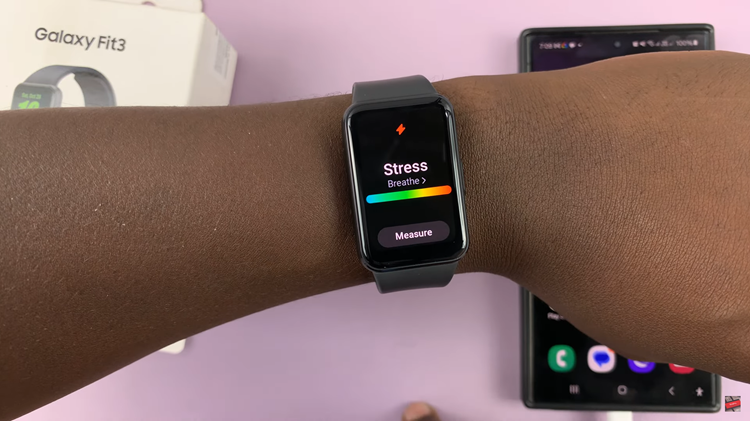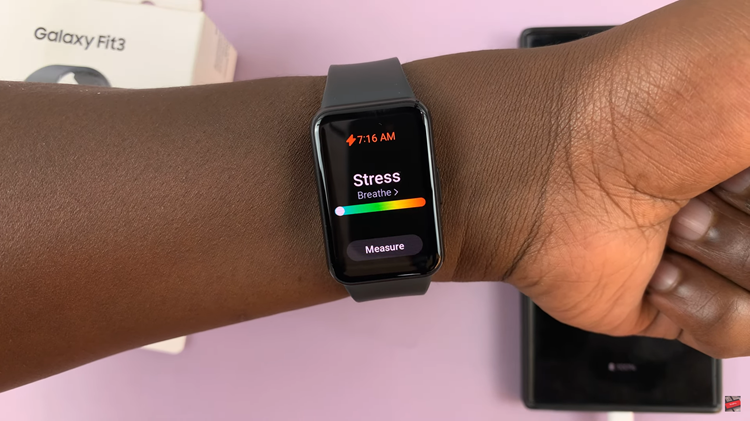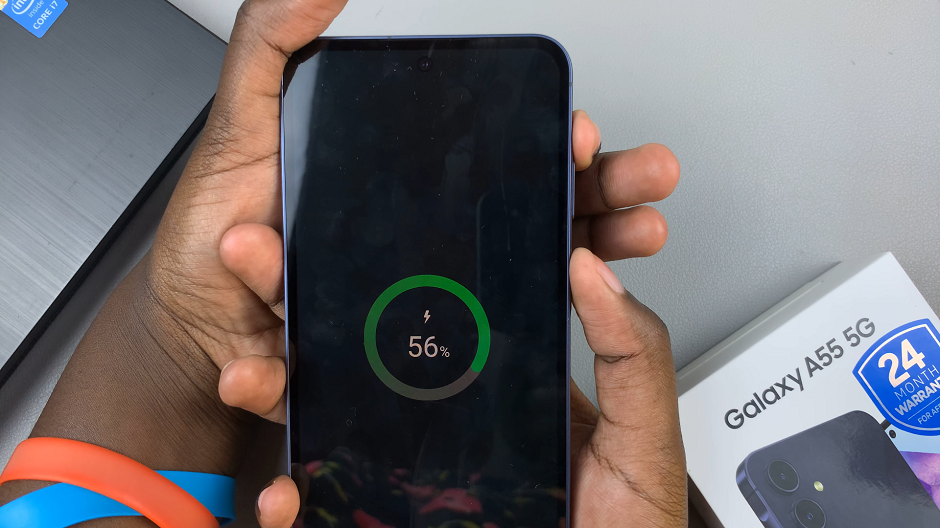In the hustle and bustle of modern life, stress often lurks around every corner, threatening to derail our well-being and hinder our performance. But fear not, for in the age of technology, we wield powerful tools to conquer stress and reclaim control over our lives. Enter the Samsung Galaxy Fit 3, a beacon of hope in the realm of wearable technology, equipped with the capability to measure stress levels with precision and insight.
As we embark on this journey to harness the potential of our Samsung Galaxy Fit 3, we are not merely passive spectators but active participants in our quest for holistic wellness. Gone are the days of uncertainty and guesswork; armed with our trusty devices, we are empowered to take charge of our stress levels and pave the way for a brighter, more balanced future.
Join me as we delve deep into the steps to measure stress levels on the Samsung Galaxy Fit 3, unlocking its secrets and unleashing our true potential along the way.
Watch: How To Turn ON Snore Detection On Samsung Galaxy Fit 3
To Measure Stress Levels On Samsung Galaxy Fit 3
Firstly, ensure your Samsung Galaxy Fit 3 is on your wrist. The device should be snug but not too tight, allowing for optimal heart rate monitoring.
Following this, navigate to the stress tracking widget on your Galaxy Fit 3. Once you’re in the stress tracking section, tap on the “Measure” button to initiate the stress measurement process. At this point, the watch will then begin to monitor your stress levels using its built-in sensors, including the heart rate monitor and accelerometer.

Afterward, the Samsung Galaxy Fit 3 will display your current stress level on the screen represented by a slider. Finally, take note of the results and take the appropriate steps to manage your stress levels.

By utilizing the stress tracking feature and incorporating healthy habits into your routine, you can work towards achieving a greater sense of balance and well-being in your daily life.
Read: How To Disconnect & Unpair Bluetooth Speaker From TCL Google TV

